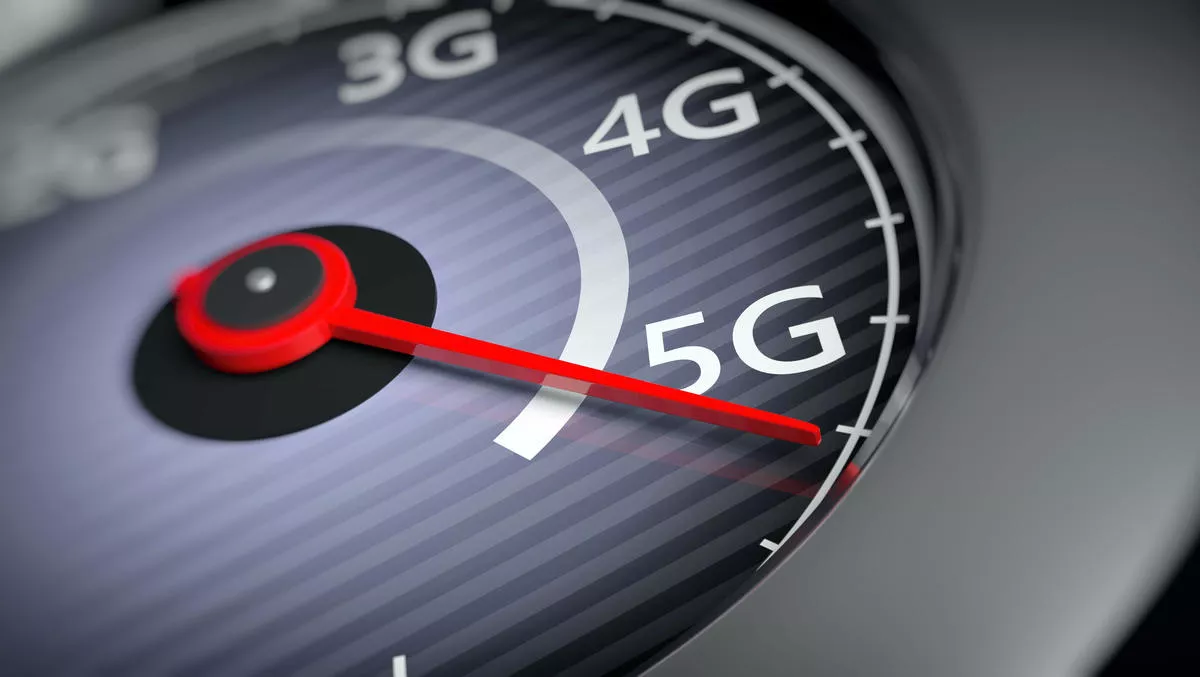
nbn sets world record for long-range 5G transmission
nbn claims it has achieved a world record for long-range 5G transmission using mmWave as it develops new options to optimise its Fixed Wireless network.
In live testing at an nbn proof of concept site near Mortlake, Victoria, nbn and its technology partners, Ericsson, Qualcomm Technologies Inc. and Casa Systems, achieved a stable 5G mmWave transmission of close to 1Gbps at a distance of 7.3km, double the distance recorded at the site three months ago, and a new record globally.
nbn anticipates ongoing testing to demonstrate even longer-range capability in the future.
The company notes that these speeds will not necessarily be available to customers as this will be affected by equipment, concurrent user numbers, signal reception, and broadband plan limitations.
The network currently covers more than 620,000 premises across regional and rural Australia with more than 90% of customers currently within 7.3km of a Fixed Wireless cell.
Recognising the unique long-range requirements of the nbn Fixed Wireless network, the field measurements will provide development guidance for wireless technology suppliers while helping nbn understand the most cost-effective, and spectrum-efficient ways to integrate 5G into its evolving network architecture.
nbn currently invests around $200 million annually in measures to optimise the performance of the Fixed Wireless network within finite spectrum and resource limitations.
Under initiatives already implemented, the Fixed Wireless network exhibits spectral efficiency levels above 4bps/Hz in the downlink and 1.6bps/Hz in the uplink, challenging global benchmarks of even the highest performing 4G networks.
nbn's own performance benchmarking shows that 99.9% of Fixed Wireless network cells and 100.0% of Fixed Wireless backhaul links are currently performing at or above their design thresholds.
The company will continue to improve the existing 4G platform to further enhance average and peak user speeds to complement a targeted 5G implementation in the future.
Working with technology partners, current and ongoing optimisation initiatives include:
- Wider deployment of carrier aggregation to improve load balancing across the available spectrum and enhance single-user data rates.
- Introduction of advanced antenna technologies such as multi-beam wideband antennas, Massive MIMO, multi-user MIMO and coordinated multipoint transmission to improve spectrum efficiency and reduce interference while driving down the cost per bit to accommodate greater traffic growth.
- Optimisation of end-user radio conditions, actively balancing user-profiles and reducing the average number of users per cell to achieve increased data rates for users. Following a 20% increase in the number of active cells in the last twelve months, there are currently 19 users per cell on average, a reduction from historical levels of around 60.
- Introduction of new high-capacity backhaul solutions, including increasing penetration of fibre and additional traffic engineering capability to improve uptime and reduce congestion.
- Increased deployment of advanced end-user equipment for wider support of advanced radio features, enhancing individual user experience as well as increasing network spectral efficiency.

